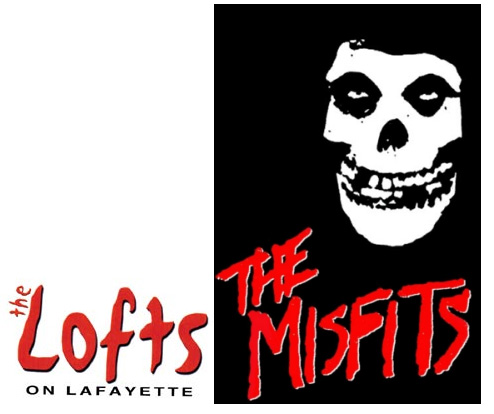From Paddy Johnson's "dude-centric net art" thread:
sstage
forced political correctness kills creativity.sally
I'm on a creative roll here, let's see... I want to curate a show of internet art...who shall I put in it? Don't stifle me now! I want to come up with the best possible idea for a show! What? Women? Augh! ...creativity....stifled....sstage
I don't really know how to express myself the best way here... I've typed and deleted a few paragraphs that used analogies because I saw that each one could be easily misconstrued.
But yes - an outside demand of quotas on something that should be put together with ONLY the art produced in mind (and please note that the art is genderless, ageless, and raceless) and not things like "not enough women ratio in this microcosm" makes the creativity and passion of the organizers do a nose dive.
some of my favourite net art is created by women... but NOT because they are women and NOT because someone says I should like it because my personal tastes should be ratioed in a gender balanced way.sally
The internet fosters a lot of unreflective self-expression, and that's truly a wonderful thing, but having to think about how your show might come across to other people besides yourself, in a context outside your immediate circles, is not exactly a big set back for most curators - for a lot of people it's actually kind of the whole entire point of curating. Being accountable for what you put out into the public sphere is challenging, and it should be.
Documentary filmmaker John Grierson said "Art is not a mirror -- it is a hammer." This a shorter, even more radical assertion than the well-known Brecht quote "Art is not a mirror to hold up to society but a hammer with which to shape it." Radical because the "mirror" now refers to any mimetic function and the hammer now smashes without being justified by any social "shaping."
The ultimate logical, scientific extension of thinking "about how your show might come across to other people besides yourself" is focus-grouping. We know how well that works from Hollywood movies: you get happy endings and endless stories about self-actualization in the face of adversity.
A viewpoint free of quotas, averaging, and taking the audience's temperature is not necessarily "unreflective self-expression." Art is one place where you can say "deal with it." If a critic can only talk about your quotas, you've either failed to communicate or your critic is attempting to deflect attention away from the point you are making.


